The production of solar panels from the mineral perovskite is emerging as a potential alternative to traditional silicon technology. However, so far, there is no complete solution to this problem.
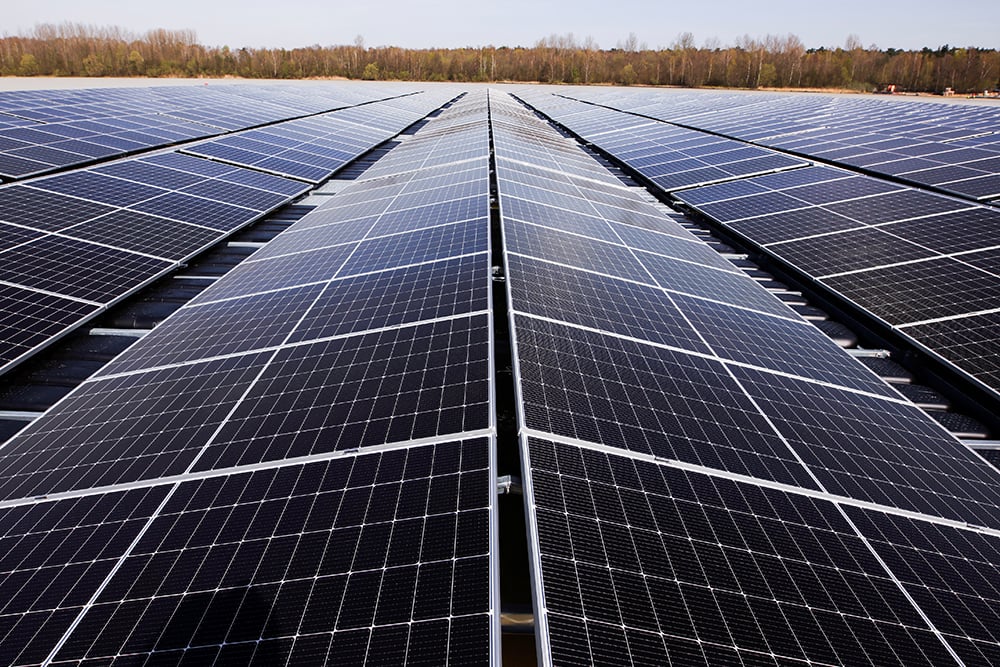
Improving the lifespan of solar batteries is the goal that scientists are aiming for.
Recently, an international research team has made important progress in identifying materials for the middle layer of photovoltaic cells. This layer is responsible for transporting energy from the light-absorbing layer to the electricity-generating layer.
This component plays a decisive role in the efficiency of the entire photovoltaic cell. Previously, not many materials were validated enough for widespread use in the solar industry. However, with the help of machine learning technology, researchers were able to find the ideal options from millions of possibilities.
AI algorithms accelerate solar cell innovation
The algorithm was trained on experimental solar cells and then applied to a large dataset, resulting in 24 candidates with the highest efficiency. The team tested these candidates and achieved a near-record-breaking efficiency of 26.2% for perovskite-based cells, 1.5% higher than the state-of-the-art reference model.
These findings were published in Notably , the team is still testing the materials that AI helped them discover, believing that even more efficient energy-converting materials can be found.
This research is not only a success in the laboratory but also has benefits for consumers. Improving the efficiency of solar technology will help boost the clean energy market, thereby reducing the cost of installing solar panels on rooftops and increasing access to clean energy, indirectly contributing to the goal of reducing global warming emissions.
Source: https://thanhnien.vn/tri-tue-nhan-tao-giup-cai-thien-hieu-qua-pin-mat-troi-185250212155840219.htm


![[Photo] Urgently help people soon have a place to live and stabilize their lives](/_next/image?url=https%3A%2F%2Fvphoto.vietnam.vn%2Fthumb%2F1200x675%2Fvietnam%2Fresource%2FIMAGE%2F2025%2F12%2F09%2F1765248230297_c-jpg.webp&w=3840&q=75)





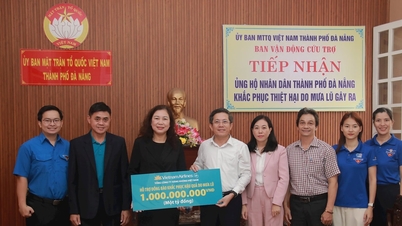

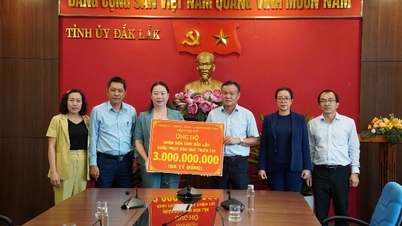

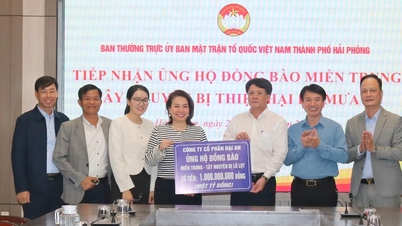

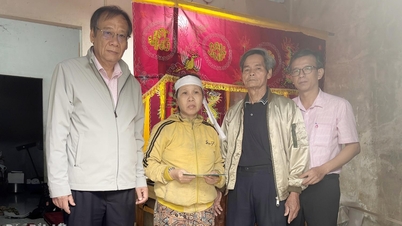

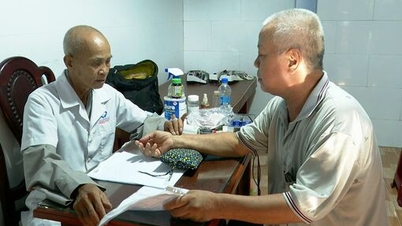


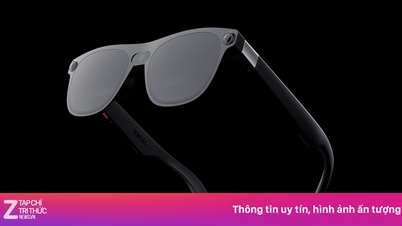
















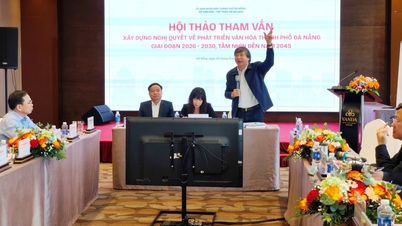

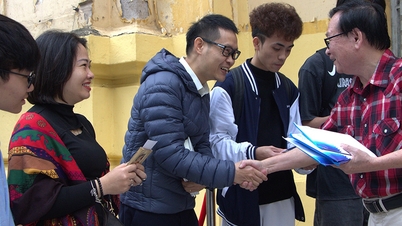
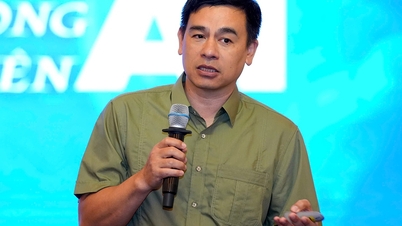





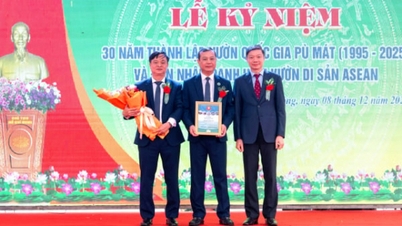



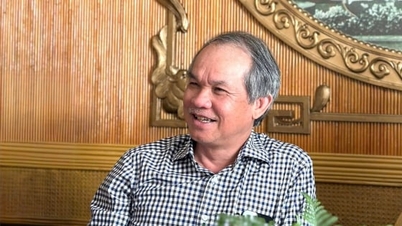









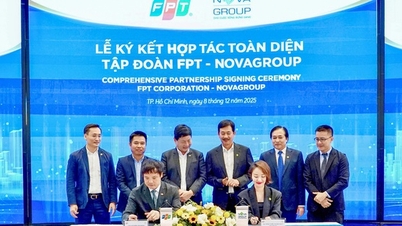

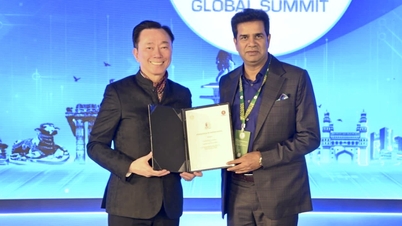



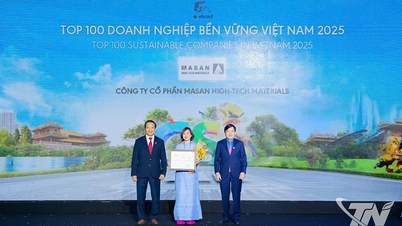


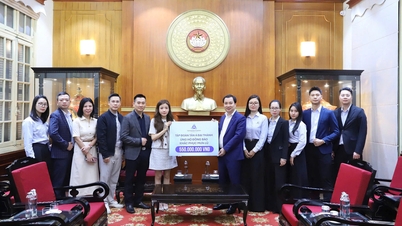







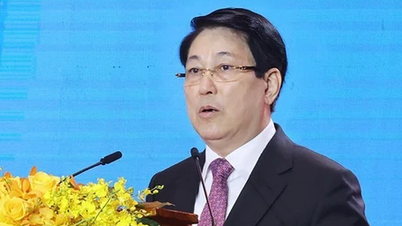
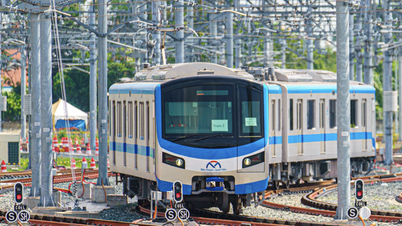

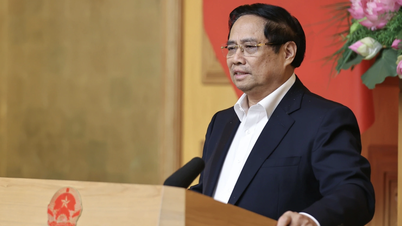


![[Photo] General Secretary To Lam works with the Standing Committees of the 14th Party Congress Subcommittees](https://vphoto.vietnam.vn/thumb/402x226/vietnam/resource/IMAGE/2025/12/09/1765265023554_image.jpeg)







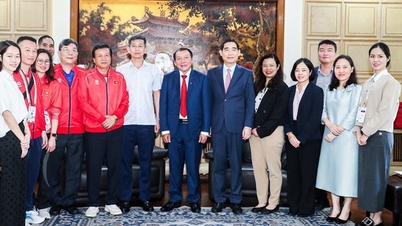


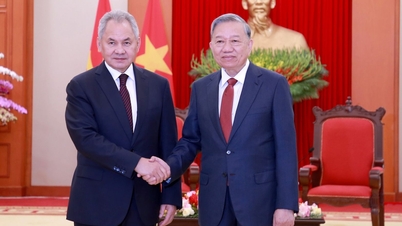


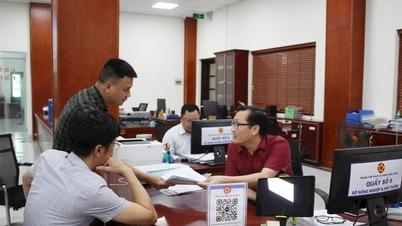


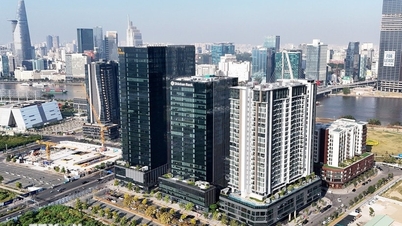
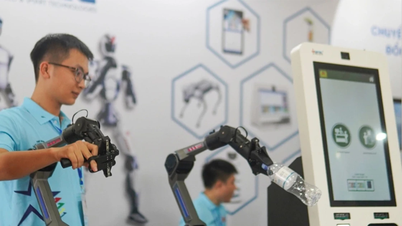

















Comment (0)